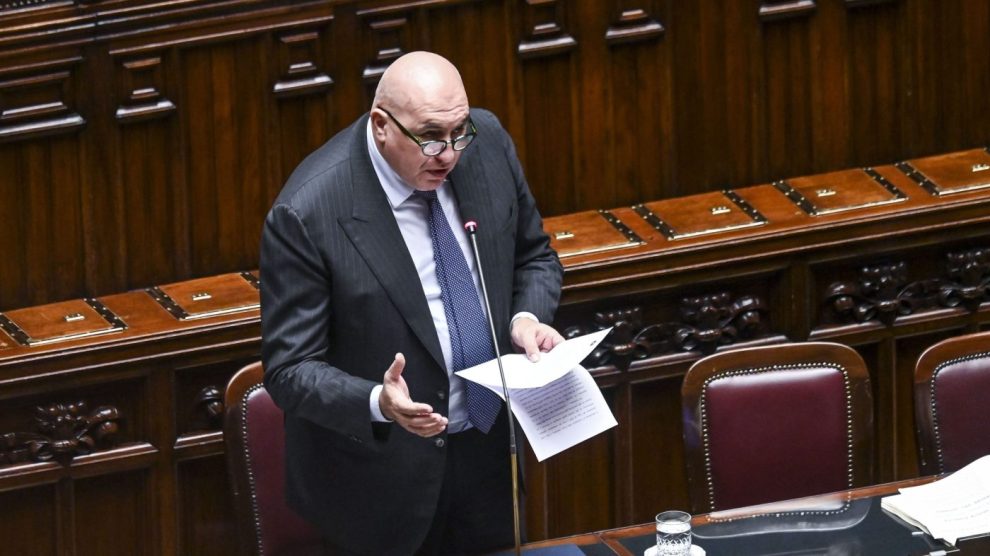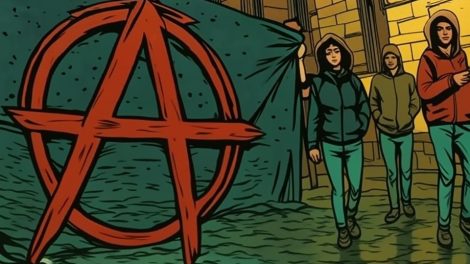What’s happening?. Hybrid threats are no longer episodic—they’re structural.
- The document defines hybrid warfare as the coordinated use of diplomatic, informational, economic, military, and cyber tools by state and non-state actors to destabilise a country without triggering open war.
- These attacks exploit systemic vulnerabilities and adapt in real time.
- Target: Undermine trust in institutions, erode public confidence, and weaken Western alliances.
Who’s behind it?. Four hostile actors dominate the landscape: Russia, China, Iran, and North Korea – the so-called “CRINK.”
- Russia deploys sabotage, influence ops, energy pressure, migration manipulation, and cyberattacks via affiliated groups.
- China uses a “multi-vector” strategy—economic, technological, and informational—to penetrate critical sectors and exploit Europe’s dependence on rare earths, gallium, and germanium.
- Iran leverages regional proxies and controls maritime choke points.
- North Korea runs a cyber apparatus focused on ransomware, crypto theft, and digital espionage to sustain its regime.
The Italian perspective. Italy sits at the intersection of these pressures. The non-paper highlights three key vulnerabilities:
- Energy dependence
- Concentration of critical infrastructure
- A politically polarised society prone to disinformation
The numbers are alarming. In 2024, Italy reported 1,979 cyber events—a 40% increase from the previous year. Confirmed-impact incidents rose 89%, and in the first half of 2025, cyber events surged another 53%. Healthcare and manufacturing were hit hardest.
From digital to democratic disruption. Election cycles are prime targets.
- The document warns that hostile actors exploit democratic processes to spread fake content, deploy deepfakes, and micro-target voters.
- The EU has responded with tools like the FIMI Toolbox, platform guidelines, and the IPCR mechanism during the 2024 elections.
- Still, the scale of manipulation exceeds the defensive capacity of individual member states. A systemic response and digital literacy are now essential.
Economic coercion: the other front. Hybrid warfare isn’t just digital, it’s financial.
- Europe’s reliance on critical raw materials is now a strategic vulnerability. ù
- The EU imports 98% of permanent magnet materials and nearly 100% of heavy rare earths from China.
- Italy’s import dependence stands at 47%, more than double the EU average. Add to that the fragility of maritime chokepoints like Suez and Bab el-Mandeb, with 40% of Italy’s naval trade passing through Suez alone.
- Houthi attacks have already forced costly detours around Africa.
The grey zone expands. Hybrid threats thrive in ambiguity.
- From drone flyovers of European infrastructure to GPS interference on Commission President Ursula von der Leyen’s aircraft in September 2025, the document catalogues a steady stream of sub-threshold provocations.
- These actions are calibrated to avoid escalation but designed to wear down resilience.
What’s next? International cooperation is non-negotiable.
- NATO’s 2025 strategy includes tools such as the Virtual Cyber Incident Support Capability and ScepvA, with a focus on rapid response and maintaining a presence on the Southern flank.
- The EU is expanding its regulatory arsenal, including the Cyber Resilience Act, NIS2, Digital Services Act, and operational bodies such as ENISA and ECCC.
- The G7 has broadened its Rapid Response Mechanism to include economic coercion.
So what? Defence Minister Crosetto calls for a domestic transformation too:
- A civil-military Cyber Force, 24/7 operational, starting with 1,200–1,500 units, scaling to 5,000 specialists.
- A National Centre for Hybrid Warfare Response, coordinating analysis, action, and interagency cooperation.
The goal? Shift from reactive defence to proactive disruption.
- Hybrid warfare is no longer an event—it’s the environment.
- Democracies must close the gap between the speed of attacks and the sluggishness of their responses.
- That means building tools, but above all, building a culture of security across institutions, businesses, and citizens.





